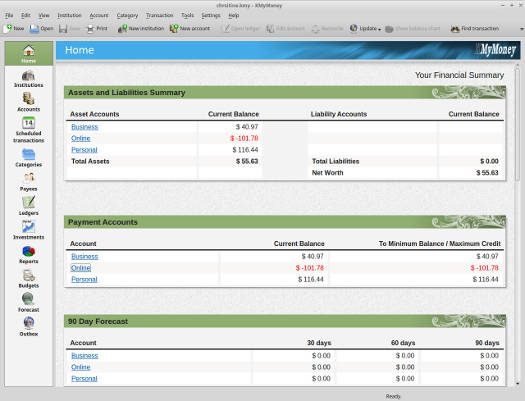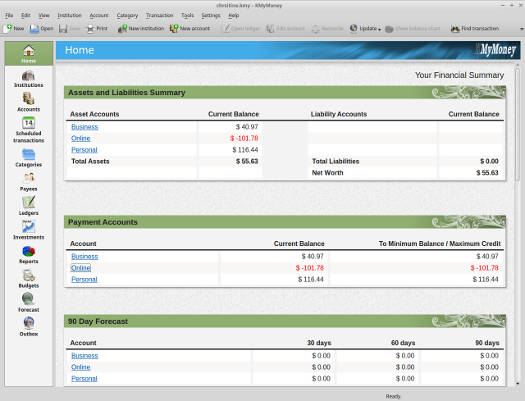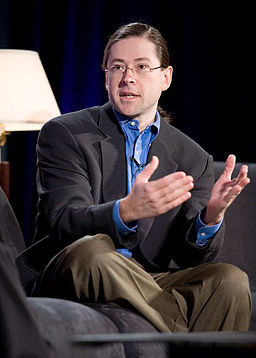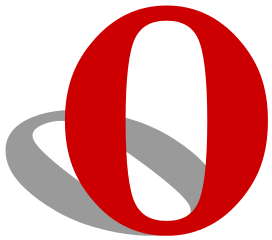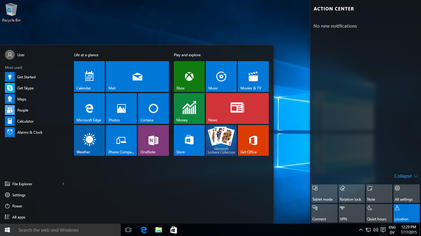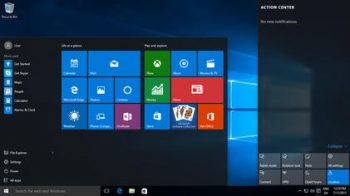Also included: Google in a TKO over Oracle, four distro releases and Microsoft’s latest trick to force Windows 10 upgrades.
FOSS Week in Review
Today I’m finally old enough to officially take my seat on the council of the elders and let taxpayers pick up the tab for a large portion of my medical expenses. As you might notice, I’m spending the day working. But I did get a really special birthday present Thursday when Google beat Oracle. Of course, that just ends the regular season for this battle. Next up, Oracle appeals to see if there’s going to be any post season play. Read the closing play-by-play on Ars Technica.
Christine Hall has been a journalist since 1971. In 2001, she began writing a weekly consumer computer column and started covering Linux and FOSS in 2002 after making the switch to GNU/Linux. Follow her on Twitter: @BrideOfLinux






